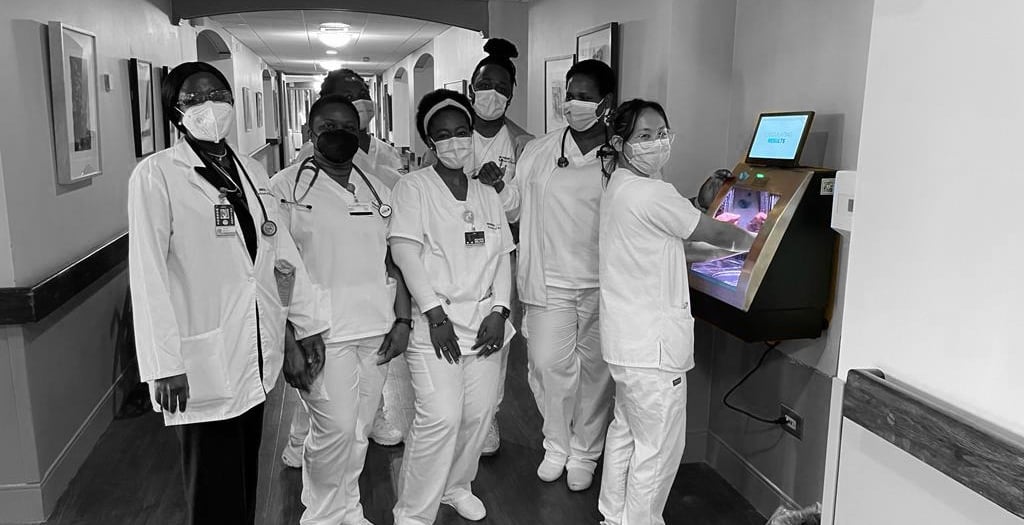Elevating Hand Hygiene in Healthcare with Gamification
Discover how gamification is transforming hand hygiene practices in healthcare. Engage medical professionals effectively to win the battle against infections and improve patient safety.
WHY HAND HYGIENE
10/25/20252 min read


When Hand Hygiene Meets Game Night: How Gamification is Transforming Infection Prevention
Imagine walking into a hospital unit where hand hygiene compliance isn’t a chore — it’s a challenge. Where every nurse, doctor, and technician competes not just to meet the standard, but to beat the leaderboard. Sounds a little unconventional? Maybe. But it’s working.
Gamification — the art of using game design elements in non-gaming environments — has made its way into healthcare, and it’s reshaping how staff think about hygiene.
The Compliance Problem Nobody Likes to Talk About
Let’s be honest: telling people to “wash their hands more often” doesn’t exactly spark enthusiasm. Healthcare workers already juggle dozens of critical tasks every hour. Posters fade into the background. Reminders blend into noise. The result? Global studies still show average hand hygiene compliance hovering between 40–60%.
But what happens when you turn handwashing into a game — one with real-time feedback, visible progress, and maybe even a little friendly competition between departments?
You get engagement. You get improvement. And you get cleaner hands.
How Gamification Changes the Rules
At its core, gamification taps into human psychology — our drive for achievement, recognition, and mastery. When healthcare workers see their compliance rates climb, badges earned, or points scored, that simple data feedback triggers a dopamine response, the same chemical reward our brains release when we win a game or solve a problem.
Now combine that with AI-powered systems like Soapy’s hand hygiene technology, and you’ve got a science-backed strategy that blends education with motivation.
Soapy’s stations don’t just monitor handwashing — they provide real-time visual feedback, showing users how effective their technique was and guiding them through improvement. Hospitals using these systems can create department-wide dashboards, friendly competitions, and measurable goals. Suddenly, the act of washing hands shifts from a passive requirement to an active challenge.
The Results: Cleaner Hands, Safer Patients
When training becomes interactive and rewarding, staff participation skyrockets. Hospitals that have introduced gamified hand hygiene programs report:
Up to 40% improvement in adherence rates within the first few months
Noticeable reduction in hospital-associated infections (HAIs)
Stronger team engagement and ownership of infection prevention goals
This isn’t just about fun and games — it’s about patient safety. Every proper handwash breaks a potential transmission chain, protecting both caregivers and patients from avoidable harm.
Turning Hygiene into a Habit
Gamification works because it reframes hygiene as something you can win at — and let’s face it, healthcare professionals are competitive by nature.
By using smart, interactive tools like Soapy’s AI-driven hand hygiene systems, facilities can turn compliance into a source of pride instead of pressure. Staff see their progress, learn from real-time feedback, and collectively raise the bar for safety.
The Future is Playful — and Clean
Infection prevention doesn’t have to feel like policing behavior. It can feel like playing smarter.
Soapy’s gamified approach proves that when technology meets psychology, hand hygiene training transforms from routine to rewarding — creating safer hospitals, healthier patients, and teams that actually enjoy doing the right thing.
Because sometimes, saving lives starts with a game. And a good handwash.
Soapy In The News
ABOUT SOAPY
© 2025. All rights reserved Soapy Care LTD | Designed by VeloGTM LLC
